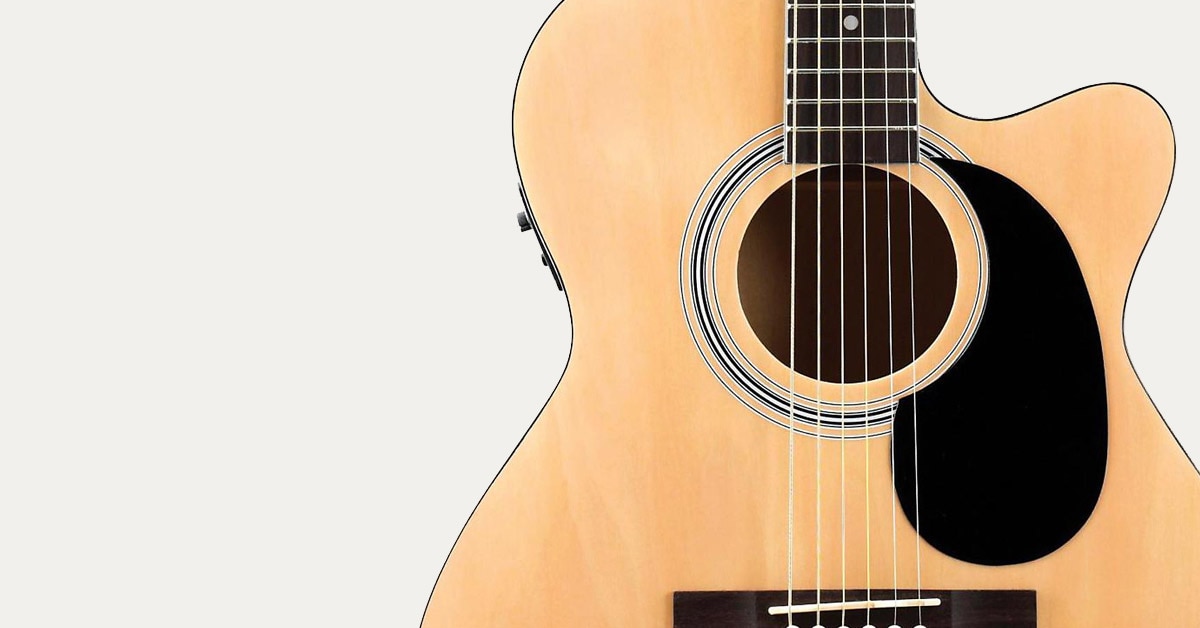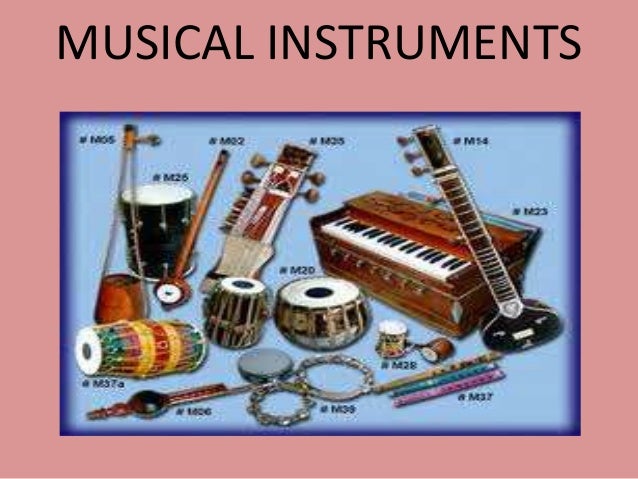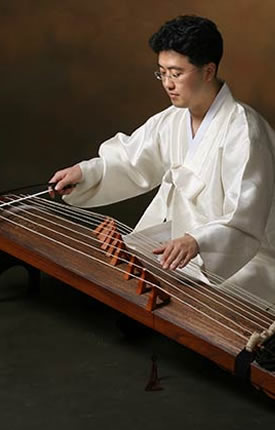- Instruments Learn and Listen by Instrument! Click on the links below to sample sounds and learn more about all of the instruments played by our Dallas Symphony Orchestra musicians.
- Complete index of minerals varieties and other names. Complete Information Guide to Rocks, Minerals, & Gemstones.
Instrumentation, also called orchestration, in music, arrangement or composition for instruments. Most authorities make little distinction between the words instrumentation and orchestration.Both deal with musical instruments and their capabilities of producing various timbres or colours. Orchestration is somewhat the narrower term, since it is frequently used to describe the art of.
Nabal – Straight brass horn, about 114 cm long, used in Korean nongak rural traditional music as well as daechwita (military processions). The nabal signals the beginning and end of nongak performances. Also known as napal.
Nagado-daiko – Long-bodied drum with a body made out of wood and cow-skin head. Also known as miya daiko (shrine drum) and odaiko (big drum). Japan.
Nai – Diatonic panpipes with a curved row of 20 pipes, of different lengths and diameters. The pipes are made out of wood bamboo or reed. Romania.

Nanga – 1. Small seven-string rectangular box-harp from Uganda. 2. Congolese arched harp.
Nangara – 1. A kettle drum from Rajasthan. India. 2. A 50 cm tall drum of the Teda people from northwest Chad played with sticks.
Nao – A pair of large cymbals. Variations: nao bo. China.
Naqqara – North African and Middle Eastern kettledrums played in pairs. The rounded part of a naqqara is made of baked clay. Name variations: naqqarat.


Naqus – North African and Middle Eastern percussion instrument that consists of small brass cymbals struck with iron sticks.
Narimono – Percussive musical instruments such as wooden blocks, bells and cymbals. Japan.
Native American flute – An end-blown block flute.
N’der – A solo Wolof long drum, with open bottom, used in a sabar drum set. Senegal.
Ndingidi – One stringed tube fiddle from Buganda. Uganda.
Ndomu – Efe Pygmy bow harp. Efés usually have five tuning pegs. Previously, the five strings were made out of vegetal material, but these days they are made out of imported metal wire. Democratic Republic of Congo
Ndongo – Eight-stringed bowl lyre of the Baganda. The body is made out of wood with the sound table made out of snake skin. Uganda.
Negarit – A large kettledrum, played with sticks. Ethiopia.
Nentsi – Canadian Inuit hand drum.
Ney – Middle Eastern flute. The Ney, which is probably the oldest pitched instrument known to man, is an oblique rim blown reed flute with five finger holes in front and one thumb hole in the back.
One of the principle instruments of classical Persian and Turkish music, the ney has a range of two and a half octaves. The upper end is covered by a short brass cylinder that is anchored in the tiny space between the upper incisives of the player. The sound is produced when a stream of air is directed by the tongue toward the opening of the instrument. In this way, sound is produced behind the upper teeth, inside the mouth that gives the ney a distinct timbre than that of the sound produced by the lips on the outside of the mouth.
Ney anban – Bagpipe from southern Iran with the body made out of goat skin. Also known as ney-hanbān, ney-anbun, ney ammbooni, nai-ambana hanbun, hanbuneh, nay-anban, Ney-anbon.
Ney hindi – Indian flute used in the Persian Gulf region of Iran.
Nga – Tibetan drum.
Nga chen – Large pan-like bass drums used by Tibetan monks in Buddhist rites. They are struck by large curved drumsticks.

Ngoni – A small traditional four-stringed lute in the form of a teardrop. The body is made of wood or calabash with goat skin head stretched over it. Also known as koni in Gambia. Mali.
Ngombi – A stringed instrument from the Baka forest people of southeast Cameroon and the Central African Republic. The strings are made from fibers that run the length of a bamboo stem. If a string breaks, another can be separated from the body of the instrument. It is also known as the arched harp.
Instrument Starting With B
Njarka – One-string fiddle made from a gourd, stringed with the tail-hair of a horse. Mali.
Instruments That Start With D
Njurkle – A one-stringed lute. Mali.
Nkaniká – Afro-Cuban bells.

Nkomo – Afro-Cuban abakuá drum, related to the ekomo drum from Calabar (Nigeria).
Nogo – Pellet drums with knotted thongs. Korea.
Nohkan – A bamboo transverse flute with a three octave range. Japan.
Northumbrian smallpipes – An English bellows-blown bagpipe with a small cylindrical closed-end chanter, and 3 or 4 drones.
Nsansi – A thumb piano from Mozambique. Also spelled sansi.
Numan khuur – Mongolian bow drum.
Nyanyero – A one-string gourd fiddle. There are similar instruments throughout West Africa, including the goje, goge, gonjey, gonje, njarka, n’ko, riti and nyanyeru. Gambia.
Nyatiti – An 8-string lyre. The body is made out of carved wood covered in goat skin. Kenya.
Nyunga nyunga – An mbira with fewer keys. Sometimes known as beginner’s mbira. Zimbabwe.
Nyckelharpa – Keyed fiddle used throughout Scandinavia and northern Germany. The modern nyckelharpa has 16 strings: three melodic, one drone and 12 sympathetic. It has 37 wooden keys arranged to slide under the strings. The player uses a short bow with the right hand and pushes the keys with the left.
Musical Instrument Starting With N
Musicians and groups that use the nyckelharpa include: Ampron Prunni (Finland), Ana Alcaide (Spain), Bazar Bla (Sweden), Bukkene Bruse (Norway), Dråm (Sweden), Olov Johansson (Sweden), Griselda Sanderson (Scotland), Peter Puma Hedlund (Sweden), Ranarim (Sweden), and Vasen (Sweden).